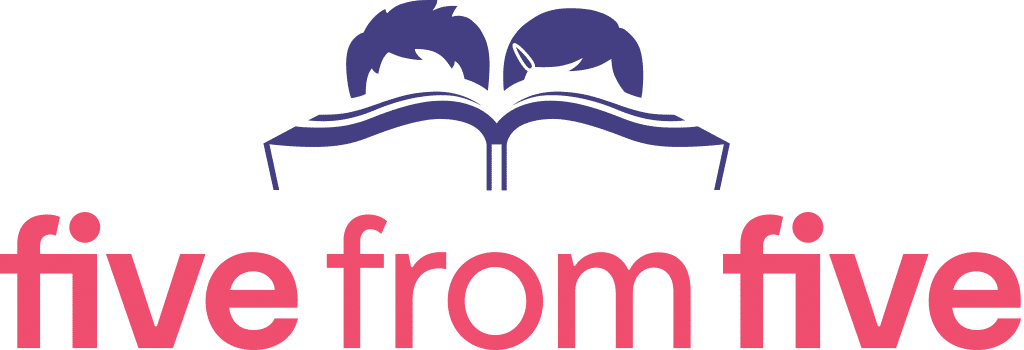Explicit Instruction
Home » Explicit Instruction
Explicit instruction involves directly teaching students the content or skill to be learned, using clear and unambiguous language.
Teacher modelling and then teacher guidance is followed by scheduled opportunities for practice. Student/teacher interaction is high.
Explicit instruction is also systematic: there is a carefully planned sequence for teaching that is constructed in a logical sequence from simple to complex content and concepts, commencing from the point at which the students are already competent.

There is a strong body of research supporting a systematic, explicit approach, particularly when it involves learning new concepts and operations, and for students who struggle with learning.
Major reviews of reading research not only agree on the essential components of reading programs – the five ‘keys’ to reading – but also the most effective ways of teaching them.
Teaching has a powerful influence on student attainment, and different teaching approaches vary in their effectiveness.
What individual teachers do in class is pivotal for student learning.
There are essentially two approaches to teaching. The first is ‘explicit’ or ‘direct’ — I tell you what you need to know— and the second is ‘discovery’ or ‘inquiry’ — you find out for yourself.
These approaches are rarely used in their extreme forms, and in most classrooms there are degrees of explicit instruction through to degrees of inquiry learning.
Direct Instruction (‘capital DI’) is sometimes confused with direct instruction (‘small di’). Direct Instruction is a specific teaching program whereas direct instruction is a general teaching method characterised by a set of structures and principles.
Explicit instruction is a teaching model, rather than a specific teaching program.
Explicit instruction has the following characteristics:
- Teacher directed
- Planned and sequenced lessons
- Clear and detailed instructions and explanations
- Content / skills are introduced in small steps
- Practice after each step
- Modelled and guided instruction and practice – (‘I do – we do – you do’)
- Teaching to mastery
- Frequent, systematic monitoring and feedback
- High level of teacher-student interaction
- Cumulative reviews and spaced practice
Key research findings
- Project ‘Follow Through’ was a major, ground-breaking study federally funded in the USA in the late 1960s, arising because of a concern about the poor educational outcomes for disadvantaged students. Follow Through was designed to determine which methods of teaching would be most effective for disadvantaged students throughout their primary school career. The study extended from 1967 to 1995, involved 75,000 children in 180 communities over the first three years of their school life, and cost almost US$1 billion.A broad range of educational philosophies were compared, including child-directed learning, individualised instruction, language experience, learning styles, self-esteem development, cognitive emphasis, parent-based teaching, Direct Instruction, and behavioral teaching. The targeted basic skills included reading, language, spelling, writing, and maths.
- A report on effective teaching strategies produced by the NSW Centre for Education Statistics and Evaluation (CESE) includes explicit teaching among the seven approaches that have a high impact on student learning, and a rigorous evidence-base for their effectiveness.
- A meta-analysis of Direct Instruction programs published from 1966 to 2016 found significant and positive educational effects in all areas of the curriculum, and that the effects were greater for students who had more exposure to the programs (Stockard et al., 2019)
- Analysis of the results of the Program for International Student Assessment found that the best results were achieved when students reported that the majority of instruction was teacher-directed, with a smaller proportion of lessons on inquiry learning (Mourshead, Krawitz & Dorn, 2018)
References and reading
Australian Educational Research Organisation (n.d.).
Explicit instruction practice hub
Boxer, A. (Ed.) (2019).
The researchED guide to explicit and direct instruction.
John Catt Educational
Clark, R.E., Kirschner, P.A. & Sweller, J. (2012).
Putting students on the path to learning: The case for fully guided instruction.
American Educator
Education Consumers.Org (2015).
Supplement: A summary of the results of Project Follow Through.
Engelmann, S., Becker, W.C., Carnine, D., & Gersten, R. (1988).
The Direct Instruction Follow Through model: Design and outcomes.
Education and Treatment of Children, 11, 303-317
Mourshead. M., Krawitz, M., & Dorn, E. (2017).
How to improve student educational outcomes: New insights from data analytics.
McKinsey and Co.
Rosenshine, B. (2012).
Principles of instruction: Research based principles that all teachers should know.
American Educator, Spring 2012.
Stockard, J. et al. (2018).
The effectiveness of Direct Instruction curricula: A meta-analysis of a half-century of research.
Review of Educational Research, 88(4), 479-507
Sweller, J. (2022).
How inquiry based approaches harm students’ learning.
The Centre for Independent Studies.


